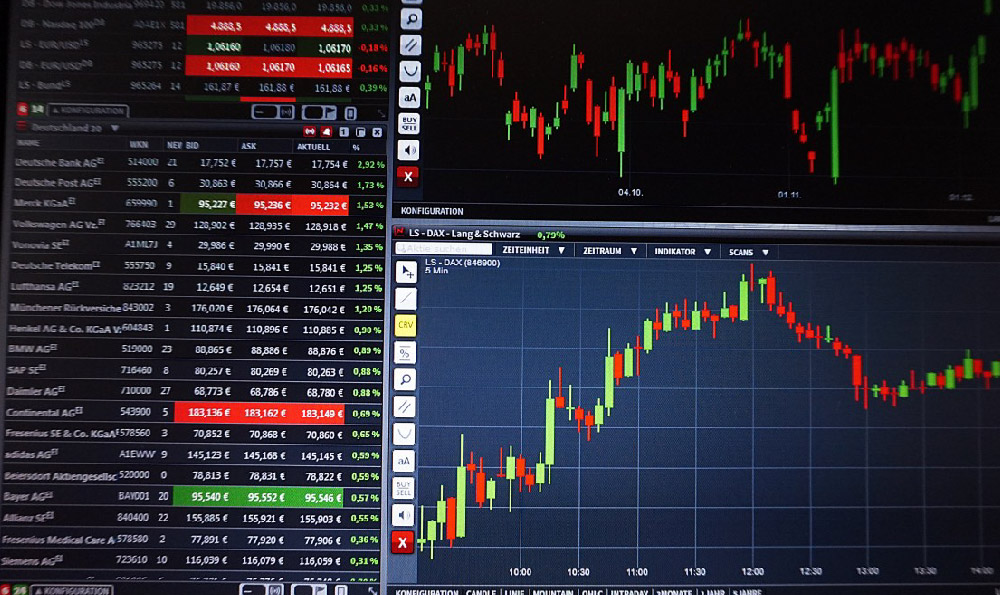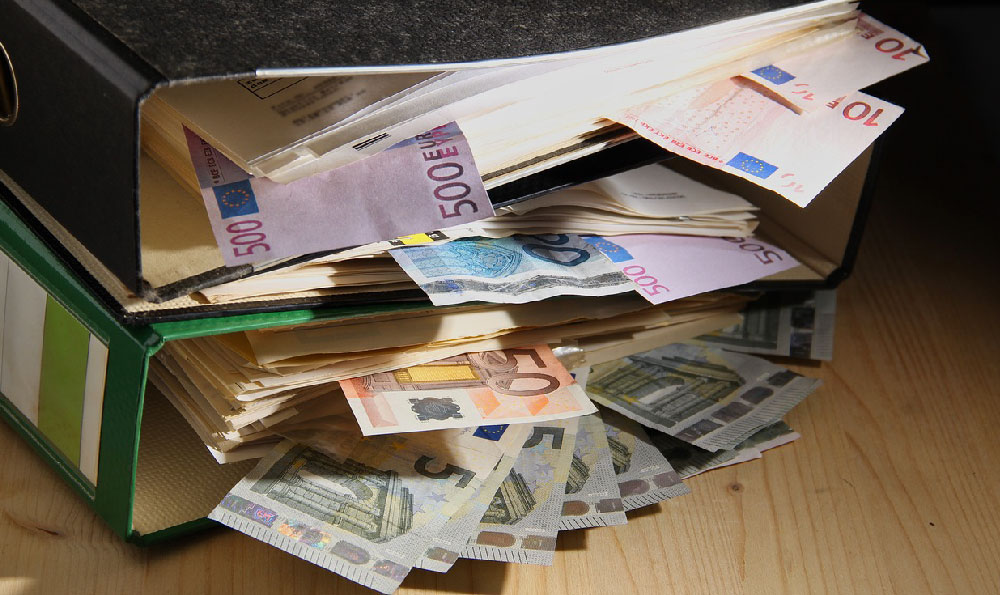Lock safes, often perceived as impenetrable fortresses, have become a staple for securing valuables, from precious heirlooms to sensitive documents. The question of whether they are "worth it," however, demands a nuanced exploration, weighing their protective capabilities against potential drawbacks and alternative security measures. The value proposition hinges on several factors, primarily the level of security offered, the specific needs of the individual or organization, and the cost-benefit analysis in comparison to other options.
The core purpose of a lock safe is to deter theft and protect contents from environmental damage, such as fire or water. Entry-level safes typically employ mechanical or electronic locks, offering basic protection against opportunistic burglars. These safes might resist casual attempts at forced entry, providing a degree of security that surpasses simply leaving valuables unsecured. However, they are often susceptible to sophisticated techniques like lock picking, drilling, or even brute-force methods, particularly if the safe's construction is flimsy or the anchoring is inadequate.
Mid-range safes elevate security through thicker steel construction, more complex locking mechanisms, and reinforced hinges. They may also incorporate features like relocking devices, which trigger if the lock is tampered with. These safes pose a significant challenge to most burglars, requiring specialized tools and considerable time to breach. Furthermore, they might offer fire resistance, protecting contents from high temperatures for a specified duration.

High-end safes represent the pinnacle of security, utilizing advanced materials, multi-layered construction, and sophisticated locking systems, including biometric scanners or dual-lock configurations. These safes are designed to withstand prolonged attacks from skilled criminals equipped with advanced tools. They often feature robust fireproofing, exceeding industry standards, and are designed to be exceptionally difficult to move, preventing theft of the entire safe. These safes are frequently used in commercial settings, such as jewelry stores or banks, to safeguard high-value assets.
Beyond the physical security, the effectiveness of a lock safe relies heavily on its proper installation and maintenance. An unanchored safe, regardless of its construction, is easily stolen. Bolting the safe to the floor or wall significantly increases its resistance to theft. Regular maintenance, including lubricating the locking mechanism and verifying the integrity of the fire seals, ensures the safe functions optimally when needed.
Moreover, the value of a lock safe is directly tied to the contents it protects. For individuals storing irreplaceable family heirlooms, valuable collections, or critical personal documents, a robust safe can provide invaluable peace of mind. Businesses handling cash, sensitive data, or proprietary information often find the cost of a high-quality safe a worthwhile investment compared to the potential financial and reputational damage resulting from theft or data breach.
However, it's crucial to acknowledge the potential drawbacks of lock safes. They can be expensive, particularly models offering superior security features. The cost of installation and maintenance can also add to the overall expense. Furthermore, safes are not foolproof. A determined and skilled burglar, given sufficient time and resources, can potentially breach even the most sophisticated safe. In addition, there is always the risk of losing the key or forgetting the combination, necessitating the services of a locksmith or safe technician.
Alternative security measures, such as home security systems, monitored alarm systems, and bank safe deposit boxes, should also be considered. A comprehensive security system, including motion detectors, door and window sensors, and surveillance cameras, can deter burglars and alert authorities in the event of a break-in. Bank safe deposit boxes offer a secure off-site storage option, particularly for documents and items that are not needed on a daily basis.
Ultimately, the decision of whether a lock safe is "worth it" depends on a careful assessment of individual needs and circumstances. Consider the value of the items being protected, the potential risks, the budget available, and the alternative security options. A thorough evaluation will determine whether the peace of mind and security provided by a lock safe outweigh the associated costs and limitations. Consulting with a security professional can provide valuable insights and help determine the most appropriate security solution for your specific requirements. It's not just about buying a safe; it's about investing in a security strategy that aligns with your priorities and provides the optimal level of protection. A smart choice is one that is informed, well-considered, and tailored to your specific needs.












